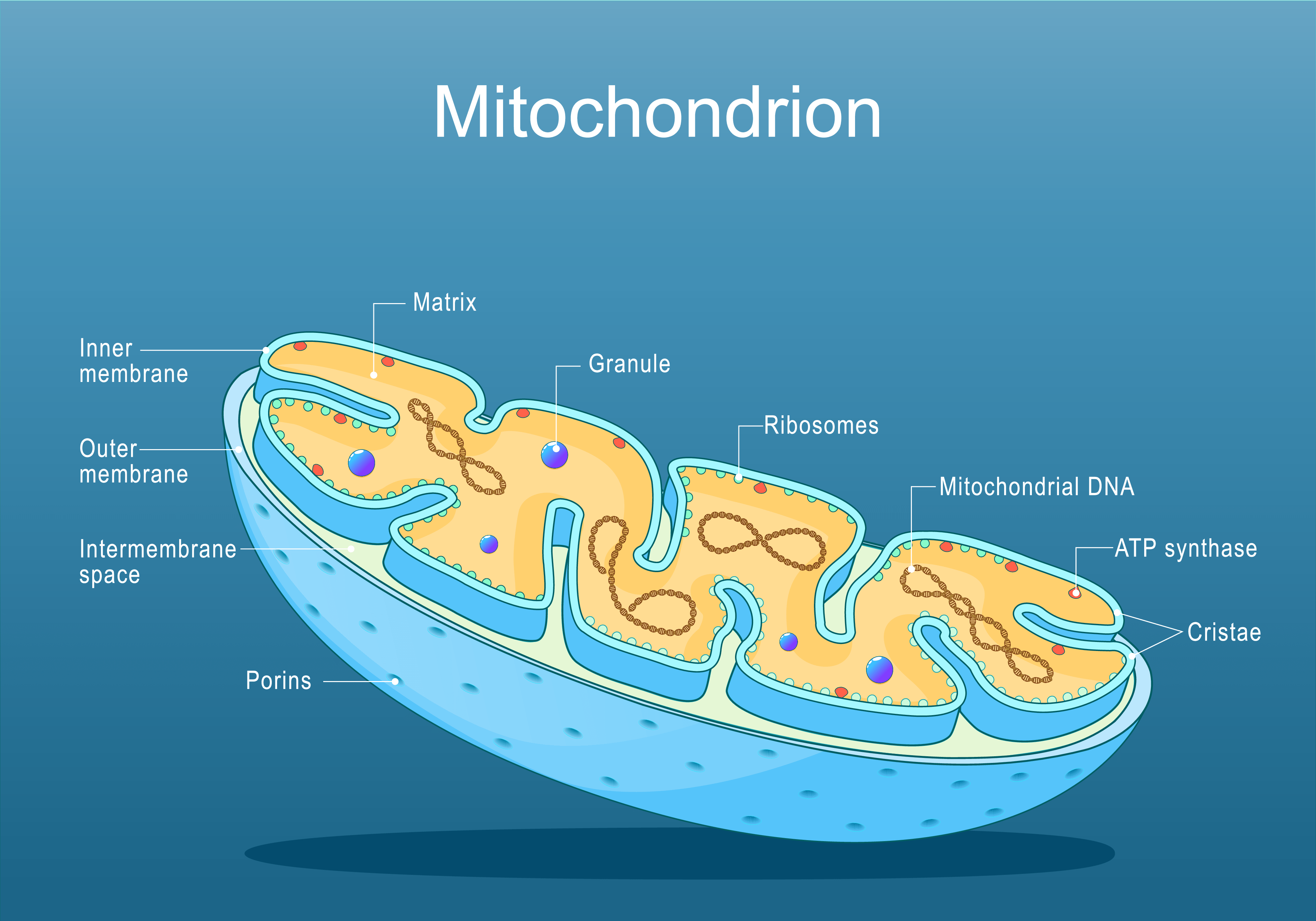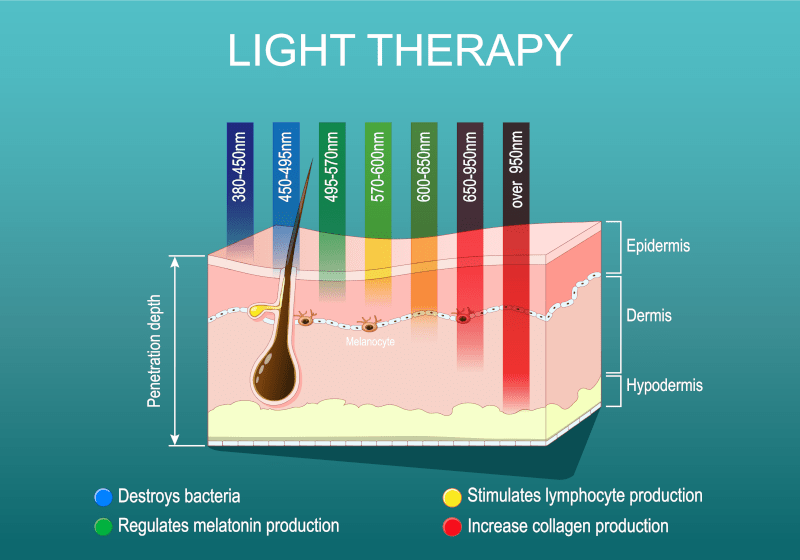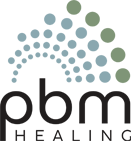Technology

How does Light Therapy, also known as Photobiomodulation boost your natural power plant
The power plant in your cells is called the mitochondria, which is responsible for producing ATP, the fuel for powering your cells.
The mitochondria are responsive to light energy stimulation called Photobiomodulation (PBM) and will produce more ATP. Thus, creating more fuel to energize your cells. Using PBM, the mitochondria receives a natural turbo boost to energize all cellular activity.
The result of using PBM is stimulating more ATP production and increase blood flow to your cells, which in turn helps your cells perform more efficiently and leads to a wide range of benefits, including faster muscle recovery, enhanced muscle growth, reduced inflammation, and increased athletic performance and recovery.
Other effects of PBM therapy reported in the literature are:
- better fatigue resistance,
- higher peak torque or strength
- less muscle damage
What Light Properties do you need for healing?
Specific wavelengths for specific effects
Light wavelengths between 630 nm and 850 nm knows as the “Therapeutic Window” have decades of research, showing that light waves at these amplitudes deliver a wide range of benefits for the body.
Photobiomodulation (PBM) works on a cellular level to stimulate chemical reactions in the areal where it is being administered. Different wavelengths will be absorbed at different depths and have different effects. The light interacts with the photo receptor inside the mitochondria of our cells to boost energy production. This photo-biochemical reaction leads to well known numerous effects including:
- pain reduction,
- increased collagen production,
- improved blood circulation and
- reduced inflammation.
In addition to the localized effect, there are regional effects where the therapeutic benefits are spread through the body and can result in a healing of the body away from the source of the light where it was applied.

